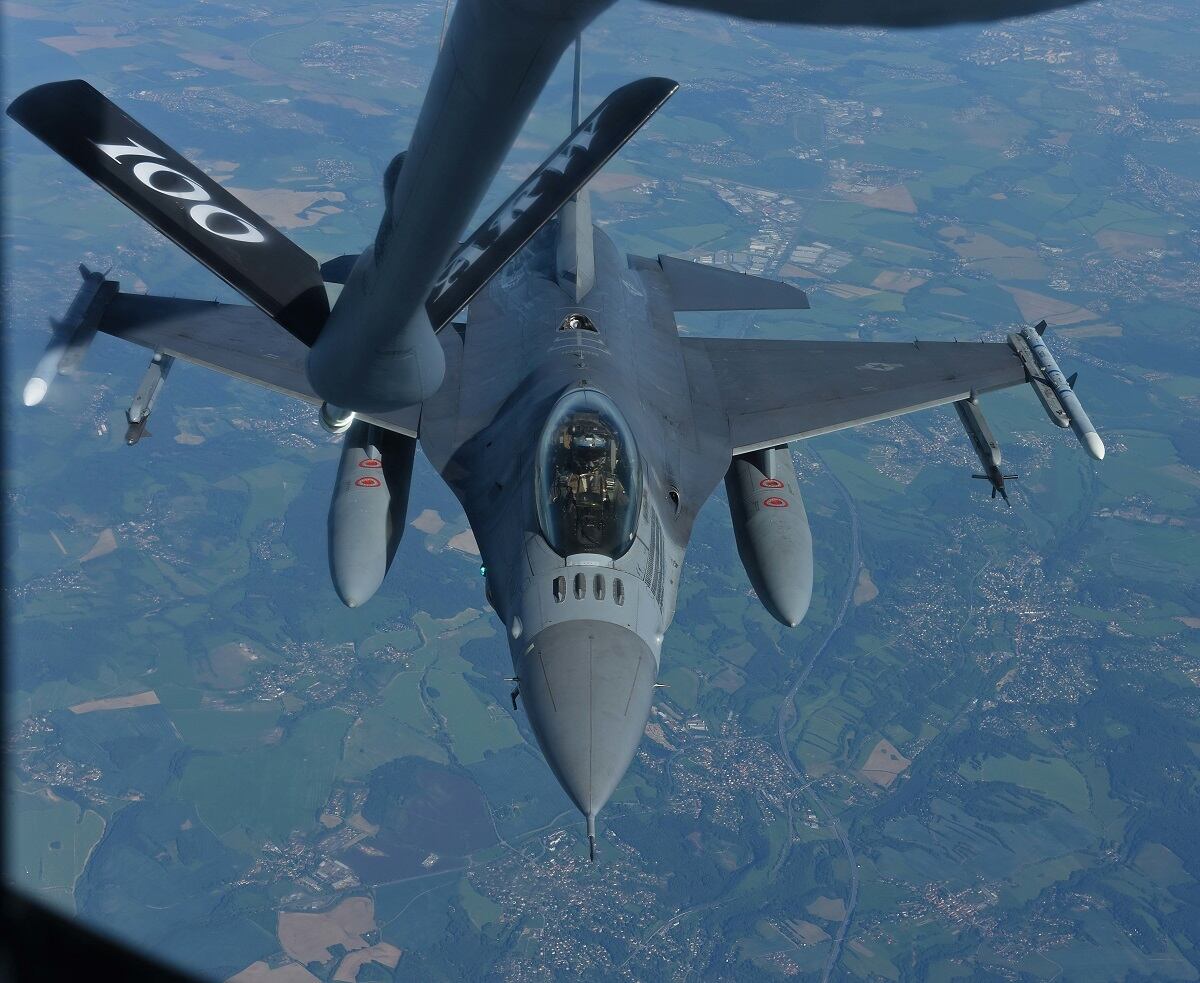Defense leaders have long discussed how artificial intelligence and machine learning can help provide an advantage by fusing data faster than humans are physically capable. But these emerging technologies may also help the intelligence community address another challenge: linguists.
The National Security Agency is looking to use artificial intelligence and machine learning to fill the gaps in linguists, who are needed to translate materials and understand intercepted communications of adversaries across the world.
Gen. Paul Nakasone, director of NSA, speaking at a dinner hosted by the Intelligence and National Security Alliance Aug. 9, said he sees a role for AI and machine learning in filling this gap.
RELATED

Training analysts in foreign languages, especially complicated languages such as Mandarin, takes years. Nakasone noted the challenges of training up all the linguists needed within the intelligence community as a whole but pointed out that the United States has a competitive advantage through AI and machine learning.
These technologies are going to be pretty impressive, he said and thus are something the agency are looking at carefully.
The shortage of linguists in the intelligence community dates back decades. In 2001, a House Intelligence Committee report said the “most pressing need is for greater numbers of foreign language capable intelligence personnel, with increased fluency in specific and multiple languages.”
Mark Pomerleau is a reporter for C4ISRNET, covering information warfare and cyberspace.








